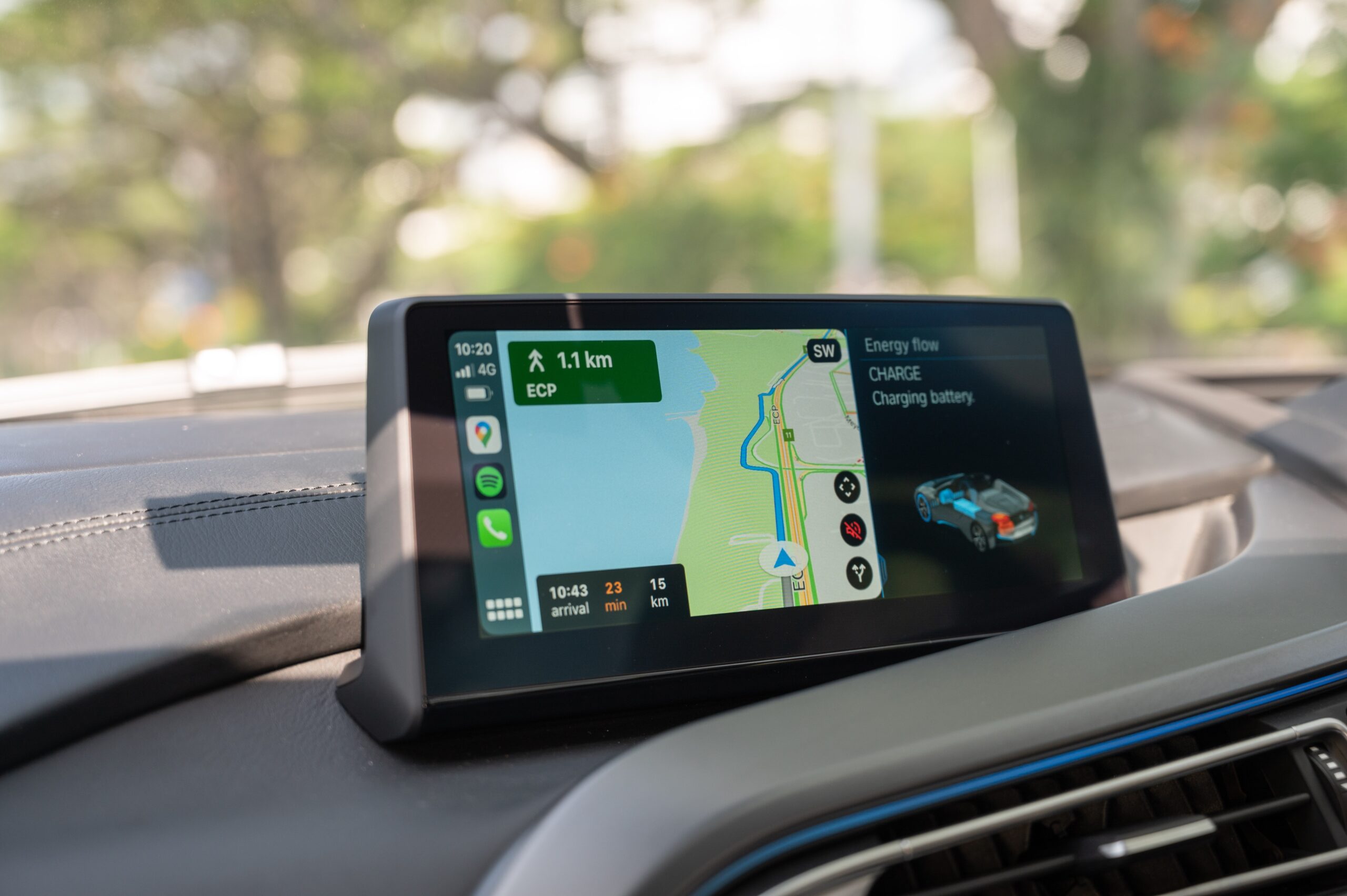
To cut transport emissions, moving vehicles away from burning fossil fuels is a fundamental step. However, the e-mobility transition is not only an opportunity to reduce emissions but to modernize mobility across the board, from expanding access to public transport to making walking and cycling safer. To be successful this transition requires more than just changes to vehicles, but changes to the electrical grid, road networks, urban streetscapes, vehicle manufacturing, supporting services, and logistical networks, to name a few sectors.
Many country governments such as India, Thailand and Singapore have implemented “roadmaps” to help coordinate these changes. E-mobility roadmaps present a comprehensive pathway for national andsubnational governmentsto achieve their goals, knitting together disparate efforts, making more efficient use of limited resources, and providing common goals and reporting mechanisms.
New WRI research, developed as part of input to Vietnam’s e-mobility roadmap process, identifies four common qualities that make e-mobility roadmaps successful. We find successful roadmaps are concrete, actionable, localized and flexible.
1. Concrete Roadmaps Have Comprehensive Goals
Concrete roadmaps have clear timelines and targets based on their vision and goals.
Clear and tangible targets need to be set for both private passenger vehicles and for public transport and freight vehicles. This will enable the entire road transport sector to shift towards e-mobility. For example, Thailand hascommittedto a “30@30” electrification goal, which means 30% of all vehicles produced in Thailand will be electric by 2030. Specifically, the countryaims to produce725,000 electric cars as well as 34,000 buses and trucks by 2030.
Targets can also be set for particular components, such as imposing a minimum powertrain efficiency of all new electric vehicles (EVs) by a certain year. For example, Chinarequiresall new battery EVs to have a minimum efficiency of 12 kilowatt-hours per kilometer if they are produced after 2025. Such mandates incentivize manufacturers to invest and advance EV technologies.
2. Actionable Roadmaps Translate Goals into Policies
Actionable roadmaps translate timelines and targets into policy levers and actions assigned to specific stakeholders.
为了达到特定目标,国家需要开发elop policy actions and assign them to relevant government ministries. To achieve a certain number of EVs sold or registered, for example, financial subsidies are likely necessary. For instance, to encourage short-term EV adoption, Singapore is offering a tax rebate and reducing car ownership fees to account for the benefits provided by EVs. Currently, Singapore is one of the most expensive places to purchase a car, so waiving or reducing taxes and fees lowers the cost of buying an EV significantly,making them more attractivethan fossil-fueled powered cars to customers.
One immediate step that governments can take to promote e-mobility is to give EVs preferential access to roadways or urban areas over vehicles powered by fossil fuel, again reflecting their other benefits to society. Low- or zero-emission zones can be useful tools in cities in particular, where congestion and air pollution are major problems, to incentivize a low-carbon and sustainable shift in transport. These zones can be undertaken at the local ornational level. For example, after the Dutch government required municipalities to designate areas that ban all polluting vans and trucks,15 low-emission zoneshave been setup up across the Netherlands.
3.Localized Roadmaps Consider the Power Grid
Many systems need to change in order to achieve zero-emission transport, and conditions vary greatly from place to place. Localized roadmaps adapt e-mobility policy levers to a country’s unique economic, environmental, political and social environment.
In particular, the generation and distribution of clean energy are equally as important as the electrification of transport. When developing an e-mobility roadmap, countries should collaborate with international and domestic research institutions to assess the increasing electricity demand of EVs and have in place a plan to meet these needs. To achieve the maximum potential of e-mobility to decarbonize transportation, countries must assess their energy mix and take steps to decarbonize their grids.
Vietnam, for example, is developing an e-mobility roadmap and investing in renewable energy at the same, Vietnam was thethird-largestrenewable energy investor in 2020. Looking across Southeast Asia, the country’s cumulative renewable capacity has nowdwarfedthat of neighboring Malaysia, Indonesia and Thailand.
4. Flexible Roadmaps Update E-Mobility Incentives Often
Flexible roadmaps require timely updates so that they can evolve from the trial and error of pilots, monitoring and scaling. Revision of existing policies is also a great way to make a roadmap flexible and adaptable to evolving socioeconomic conditions. To make such revisions possible, countries should create a monitoring body that oversees the progress of e-mobility adoption.
As part of India’s e-mobility roadmap, for example, the Project Implementation & Sanctioning Committee (PISC)brings togetherrepresentatives from the power and transport ministries. The PISC annually reviews – and adjusts if needed – EV demand incentives based on prices and technology trends of EV components. In 2021, the PISCrevised and increaseditsFAME-IIsubsidies for electric two-wheelers, making buying a mid-ranged electric motorcyclecomparablein price to a gas-powered one in Delhi.
Going Beyond E-Mobility
The world is witnessing a rapid shift towards e-mobility, led by forerunners likeChinaandNorway. Although EVs require higher investments upfront, their lower operating costs and environmental benefits, including air quality improvement, are making a dent in markets everywhere, including developing countries. E-Mobility roadmaps are a crucial component to accelerating this transition, making efficient use of limited resources and staying on track for key climate and development targets.
It’s also valuable to keep in mind how e-mobility fits into broader transport systems. While e-mobility is sometimes seen as a silver bullet to reduce emissions from the transport sector, it will not get a country to net-zero emissions on its own. There are many other interventions in the transport toolbox, from walking, cycling, micromobility and all forms of public and shared transport, that countries should include in their strategies to achieve sustainable and equitable development.
K. Zé Liuis an Electric Mobility Research and Visualization Analyst at WRI Ross Center for Sustainable Cities.






